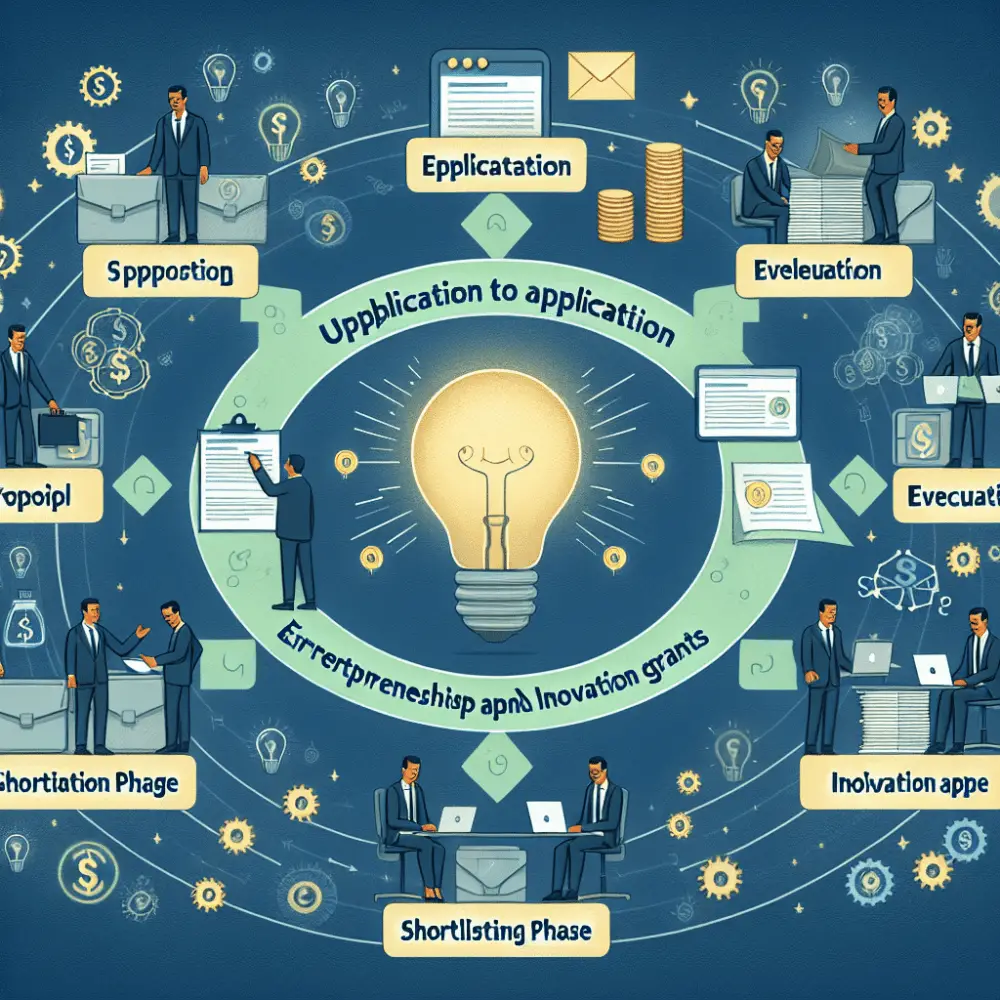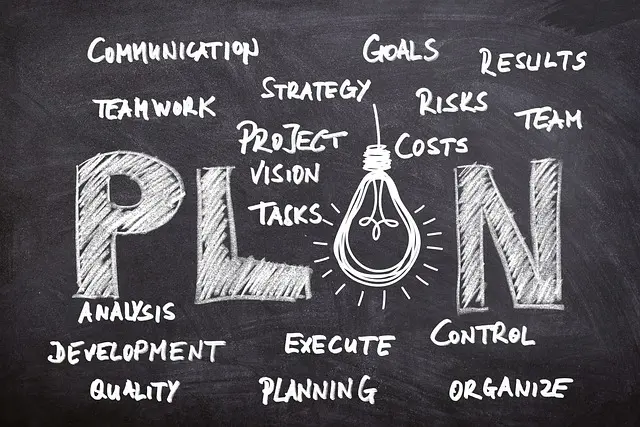
What is the Application Process for Entrepreneurship and Innovation Grants?
The application process for entrepreneurship and innovation grants can appear daunting at first glance, but following a structured and methodical approach can significantly ease the procedure. Entrepreneurs seeking funding to kick-start or scale their ventures can benefit significantly from these grants, which often come with minimal or no equity requirements. This article provides a step-by-step guide to help you understand and navigate the application process.
Understanding the Requirements
Start by researching the specific requirements of the grants you’re interested in. Each grant has its own set of criteria and objectives. For instance, the $6,900 Energy Management Scholarship in Norway, 2024, aims to support students and professionals who are dedicated to innovating in the energy management sector. Similarly, the Coventry University Global Entrepreneurship Scholarship focuses on fostering entrepreneurship skills among international students.
Each grant will specify who can apply, the type of projects or businesses eligible, and the kind of support they provide – it could be a cash award, mentorship, or resources. Matching your needs with what these grants offer is crucial.
Initial Research and Selection
Begin by compiling a list of potential grants that align with your business goals. Consider factors like geographical restrictions, industries supported, and the specific entrepreneurial activities that the grant targets. Resources for finding grants include government websites, nonprofit organizations, and university postings.
For instance, the $6,900 Energy Management Scholarship in Norway, 2024, is perfect for individuals looking to make strides in energy management. Information about such specific grants can usually be found on the respective organization’s website, where detailed eligibility criteria and application instructions are provided.
Preparing Your Documents
Once you’ve shortlisted the grants that fit your criteria, the next step involves gathering all necessary documents. Commonly required materials include:
- Business Plan: An in-depth explanation of your business idea, market analysis, organizational structure, and financial projections.
- Executive Summary: A concise summary of your business plan.
- Pitch Deck: A visual presentation that highlights key aspects of your business.
- Personal Statements: Some grants, like the Coventry University Global Entrepreneurship Scholarship, may require personal statements detailing your entrepreneurial journey, future plans, and how the grant will help you achieve those goals.
- Letters of Recommendation: Professional references or endorsements from mentors, advisors, or previous employers.
- Proof of Eligibility: Documents to verify your eligibility, such as proof of enrollment for scholarships aimed at students, or proof of residency if required.
Crafting a Compelling Application
Your application needs to stand out to make a compelling case for why you deserve the grant. Here are some tips:
- Tailor Each Application: Customize your application to align with the specific goals and values of each grant. For example, if applying for the Coventry University Global Entrepreneurship Scholarship, emphasize your entrepreneurial mindset and global perspective.
- Be Clear and Concise: Avoid jargon and be straightforward in your explanations. Clearly articulate your business idea, its potential impact, and how the grant will help.
- Highlight Unique Selling Propositions (USPs): Identify what makes your project unique and emphasize those aspects. This could be an innovative technology, a novel market approach, or a unique team skill set.
- Provide Evidence: Back your claims with data. Use metrics, testimonials, and case studies wherever possible to validate the impact and feasibility of your project.
Submitting Your Application
Adhere strictly to the submission guidelines specified by each grant. Ensure all documents are complete and correctly formatted. Missing a deadline or incomplete submissions can result in disqualification. Most applications are submitted online, though some might require physical copies. Double-check the submission method and requirements.
For instance, for the $6,900 Energy Management Scholarship in Norway, 2024, you’ll find the specific submission instructions on the scholarship’s official page.
Follow-Up
After submitting your application, monitor your email and other communication channels for any follow-up instructions or interview requests. It’s also a good practice to send a polite follow-up email after a couple of weeks if you haven’t heard back.
Common Pitfalls to Avoid
- Ignoring Guidelines: Failing to follow the specified guidelines is a common reason applications are rejected.
- Lack of Research: Applying for grants that do not align precisely with your project.
- Poor Planning: Rushing through the application process can lead to errors and incomplete submissions.
- Overlooking Details: Missing small details like typos, incorrect figures, or incomplete sections can be detrimental.
Conclusion
Applying for entrepreneurship and innovation grants is a meticulous process, but with proper preparation and attention to detail, it can be highly rewarding. Not only do these grants provide financial support, but they also offer validation and credibility to your venture.
If you’re looking to merge your passion for energy management with entrepreneurship, consider the $6,900 Energy Management Scholarship in Norway, 2024. Click the link to apply for detailed information.
For international students with a strong entrepreneurial vision, the Coventry University Global Entrepreneurship Scholarship provides an excellent opportunity. Visit their official application page.
In essence, persistence, attention to detail, and thorough preparation are key to successfully navigating the application process for entrepreneurship and innovation grants. With the right approach, these grants can be a stepping stone to turning your innovative ideas into reality.












